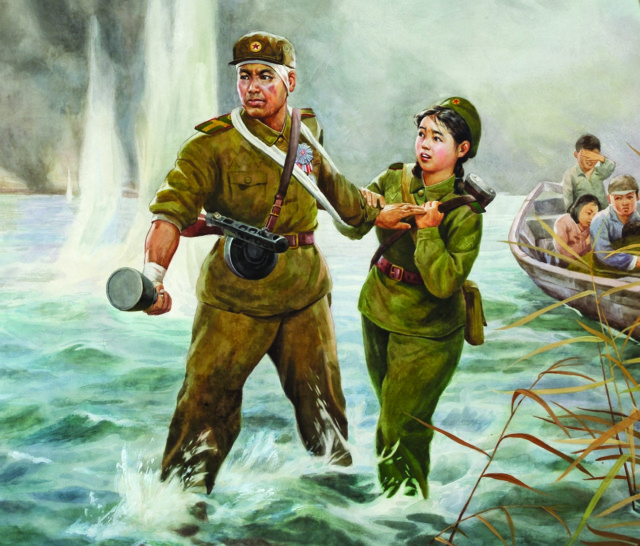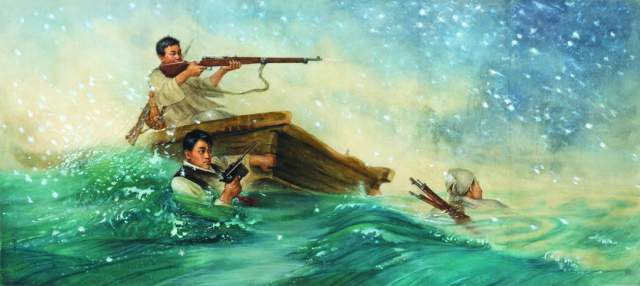The art from the DPRK is rarely seen beyond the country’s borders. But one gallery in Washington, DC is mounting an exhibition called “Contemporary North Korean Art: The Evolution of Socialist Realism.” CCTV’s Andrea Arenas went there to find out more.

DPRK Art: The Evolution of Socialist Realism
The art from the DPRK is rarely seen beyond the country's borders. But one gallery in Washington, DC is mounting an exhibition called "Contemporary North Korean Art: The Evolution of Socialist Realism." CCTV's Andrea Arenas went there to find out moreIt has been referred to as a one-of-a-kind exhibition. Now on display at the Katzen Arts Center in Washington, DC – this is the first time a U.S. gallery is showing DPRK art that depicts the country’s daily life and political beliefs.
“I tried to put more core of what North Korean artists usually express, like reflecting their social list of ideas, ideology, and beautifying people’s life and also glorifying the leadership,” curator and Georgetown University professor Professor BG Muhn said.

Pak Ryong-sam, Farewell, 1977, Chosonhwa, 49 x 66 in. Courtesy of the Choson National Museum of Art in Pyongyang, DPRK
As many art experts point out, artwork produced in the DPRK has long been used to send political messages. That’s one reason why some critics question if art – as defined by a western aesthetic – truly exists in the country.
“North Korean art is, in general, all propaganda. But when I was doing more research I found and discovered something deeper than just the superficial propaganda. And you see in this show there is many human emotions which can be propaganda, but also very artistic personal expressions involved,” Muhn said.
All these pieces are done in the traditional Chosonhwa technique – brush-and-ink on rice paper – considered a challenging method that demands perfection from the artist.

Kim Yong Kwon, Charging Forward to the Battlefield, 1970. Chosonhwa, 44 x 85 in. Courtesy of the Choson National Museum of Art in Pyongyang, DPRK
Muhn says the DPRK is the only nation still producing on a large scale works in the Socialist Realism style of the 1950s and 60s.
Professor Muhn says that despite his trips to the DPRK, many aspects of the artistic community there remains elusive.
A selection of art from the Republic of Korea is also on display at this museum. These pieces show that, despite their proximity on the Korean peninsula, the DPRK and ROK have little in common when it comes to art.
“A variety of expressions and psychological aspects are emphasized. So something like that definitely lacks in North Korean art,” Muhn said.
But, as more people see North Korean works through exhibits like this one, more people in the West will be able to appreciate its subtle sophistication.
 CGTN America
CGTN America

